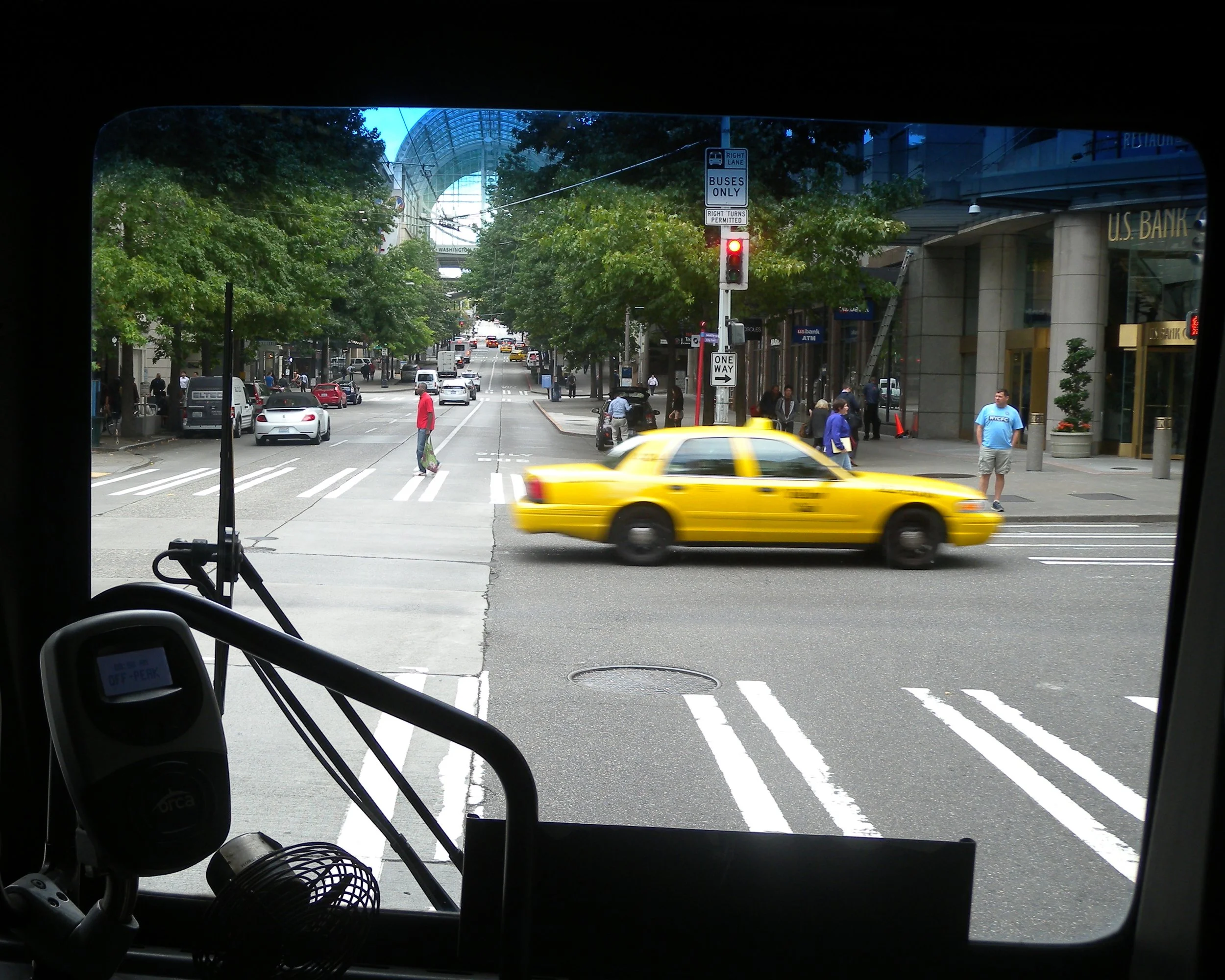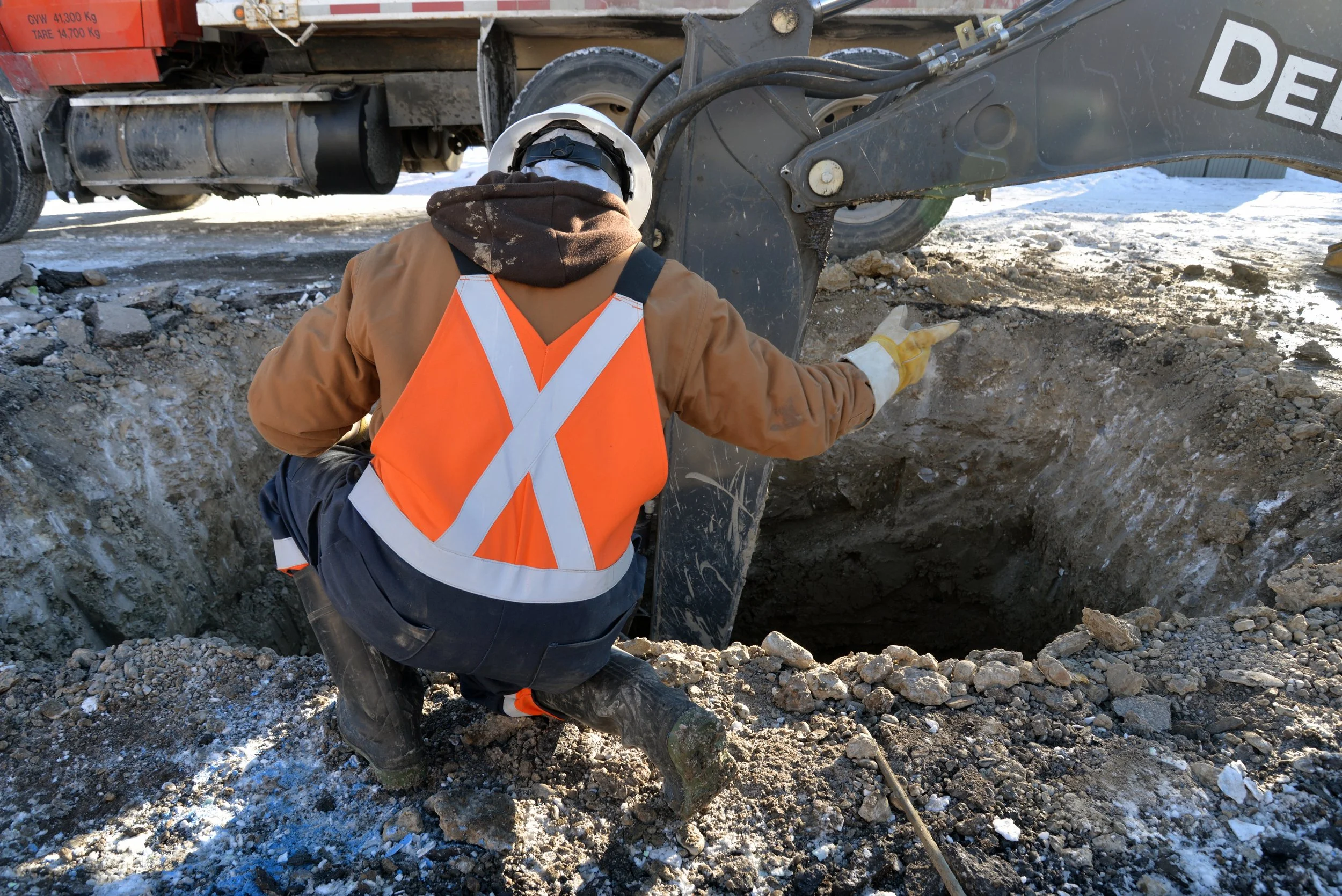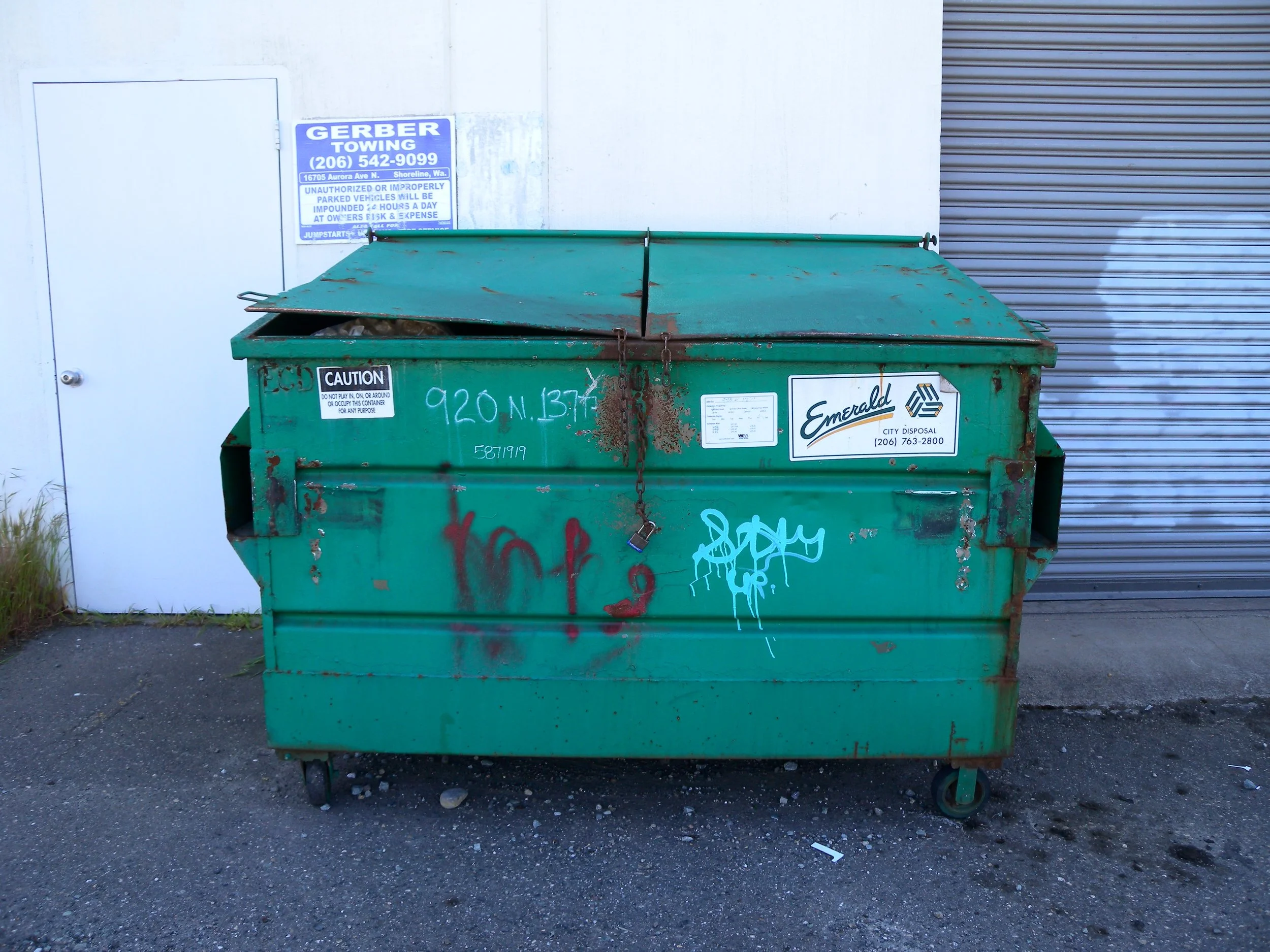Performance
Behind the Wheel
Surfing Underground
Trash Talk
Waterlines
Stormwater
Behind the Wheel
“Behind the Wheel: Life on the Metro Bus,” a one-person performance, looks at the world through the eyes of a Metro bus driver. I interviewed dozens of drivers and explored the social and physical landscape of the bus. I learned how Enrique protected himself from the long hours of public interaction; the ways that Nate watched over and helped citizens that he regularly saw along his routes; and how Cindy, an adrenaline junky, thrived on daily confrontations with her passengers.
Trash Talk
Trash Talk digs into the human side of garbage: garbage men on vacation who can't keep themselves from photographing trash cans; a transfer station attendant and Navy veteran who gathers discarded American flags so they can be disposed of “properly”; suburbanites who leave plates of cookies or flowers for their garbage collectors. In one story Paul watched customers talk to the garbage pit at the transfer station. “Grandma and Grandpa carefully carried an old stuffed chair to the edge of the pit and dropped it in. Grandpa said, ‘Oh well, it was good while it lasted.’ Grandma said, ‘Yes! It is gone. It is out of our house.’
Stormwater
Stormwater offers a gutter's eye view of Seattle's drainage system and the Seattle Public Utilities' employees who guide, monitor and maintain stormwater flow in the city. Meet Ellen, a gutter detective. Learn about John's trips into the bowels of the city and what he finds there. Discover who tracks toxins before they poison Lake Union.
Surfing Underground
Over a two-year period, I followed construction crews in Calgary as they repaired water and sewer pipes. The resulting performance explored the challenges of working in a hole.
“In my day,” Kim said, “you learned how to read the ditch…You just watch the ditch.”
Ron said, “I love what I do and I think that we build and create a lot of art work… and we
bury it so people have no idea what is underground.”
Waterlines
In Waterlines, a project about municipal drinking water, I surveyed the history of water use and provided a local glimpses into the world of those who work in the trenches of water management and delivery. Story material ranged from Mel who walked most of the major sewer lines in the city (and what he found) to Moya at the Water Quality Lab and the terms she and her colleagues used to described the taste of water at Lake Youngs—“beets,” “hamster cage,” “wet lifejacket.”






